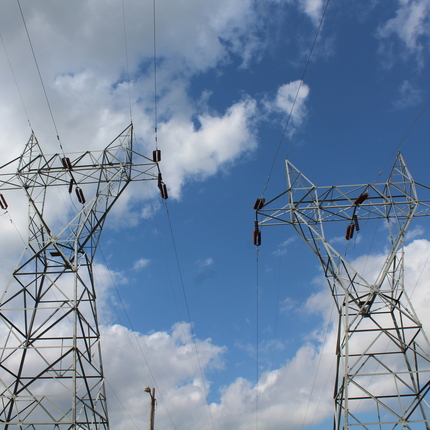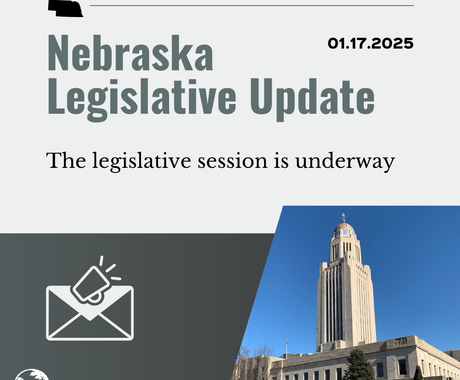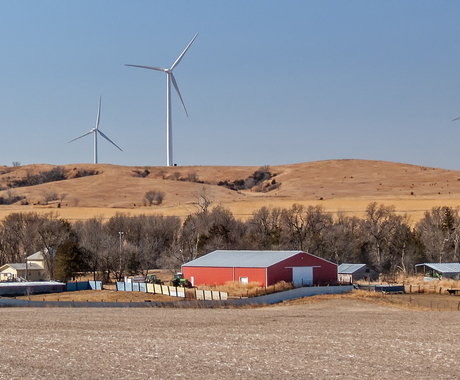As more people are spending time at home as a result of the COVID-19 crisis, access to reliable electricity has been essential in enabling the continuation of numerous activities. This resource has allowed us to remain connected with one another despite limitations on public gatherings, as well as allowing many to work remotely and students to continue their education.
The key to maintaining reliable access to electricity is the electric grid. This network of transmission infrastructure links generators to consumers, ensuring that we are able to power homes and businesses. But, our electric grid was built with older patterns of demand and power generation in mind. In response to the changing demand and generation, improvements to the reliability and resiliency of the grid are needed. The way we generate electricity has undergone a significant shift over the last decade. From 2011 to 2019, about 88 gigawatts of coal capacity—nearly a quarter of the country’s fleet—was retired.
A major driver of these retirements has been the development of competing generating resources, especially low-cost renewables such as wind and solar. The expansion of wind and solar has provided many consumers with a clean and affordable alternative to aging fossil fuel generation.
But, that development has posed a challenge to utilities. Unlike fossil fuel plants, renewables are often spread across a wide geographic area, requiring new transmission to connect the energy they produce to consumers. Responding to this change in electric generation has been complicated by changing demand for electricity. Improved efficiency has helped reduce the amount of electricity that many consumers use, and new technologies combined with electrification have shifted demand.
Although COVID-19 has substantially changed electric demand patterns, it’s likely that we will continue to see shifts in these patterns due to the way consumers are using electricity.
To ensure that we have a robust grid that can adapt to crises, as well as the changing energy landscape, we must make crucial updates to our electric transmission infrastructure. Utilities and grid operators should carefully plan to meet the needs of communities and individual consumers, while looking toward the future of electric generation.





